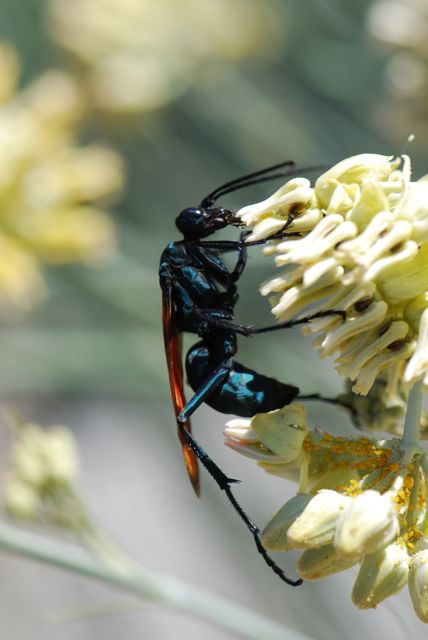Before revealing the mystery insect from last week, let’s take a look at the clues again.
The patch of silk implies either Lepidoptera or Hymenoptera, the two orders of insect that produce silk (I have already ruled out spiders, which also make silk). The presence of bits of waste products, called “frass” in insects, indicates a caterpillar, because bees, wasps and ants don’t produce frass in the larval form.
With that in mind, I opened one of the flowers.
Yes, there is a small, stripy caterpillar. I believe it is the larva of the sunflower moth, Homoeosoma electellum.
You can see the moth and a better view of the caterpillar in this report of the sunflower moth in safflowers.
So, did you guess caterpillar?
Next week I have photographs of some very cool insects we see only in July here in Arizona.

















